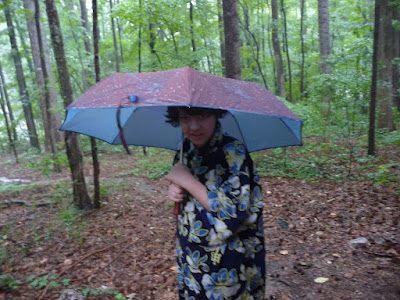So the final in my trinity of recent studies that suggest that top students don't necessarily have to pay top dollar for good educational opportunities, I turn to the "payback"
study done by SmartMoney magazine. Like
yesterday's study, this one is based on the salaries earned by the graduates of top colleges, which I personally think is a dubious evaluation of the quality of education. Nonetheless, it is a major consideration of most families looking at college decisions, so it is worth at least noting what these studies are saying.
So the payback scale devised by this study looks at the average salary of graduates divided by the total fees (tuition and other charges by the college itself) over four years of earning a degree. So, for example, if the average student paid $25,000 a year for four years at College X, but earned an average salary at graduation of $150,000 a year, that school would have a payback scale of 150% ($150,000/$100,000 total costs). But if the average student paid $50,000 a year for four years, but earned an average salary of $175,000, that college would have a payback scale of only 87.5% ($175,000/200,000).
Let's acknowledge upfront that the payback scale favors some universities over others. For one thing, the schools that offer programs in business or science and technology are going to look better than those that are typical "liberal arts" colleges, whose graduates may be going into such field as social work, the arts, non-profit research, or--gasp!--education, whose salaries are typically lower. The scores also don't take into account average financial aid--which would benefit the Ivy League schools, whose endowments are rich enough to offer healthy aid packages to many students--or typical years to graduate--which would make many public universities look worse, because more of their students take longer to graduate than the presumed four years. So looking at these figures with somewhat of a grain of salt, what did SmartMoney magazine
find?
Based on the payback scale, the highest performing colleges and universities were the top-tier public universities. According to SmartMoney magazine, the luckiest students are those living in Georgia: Georgia Institute of Technology was their #1 "payback" school (with a payback ration of 221), and University of Georgia was #4 (payback of 186). In general, the South and Midwest ruled the top of the payback scale, with the University of California at Berkeley being the only college on either coast breaking into the top 10 (it was #10 with a payback ratio of 146).
Alas for North Carolinians, no college in the state made the
top 50 of the SmartCollege listing. Our neighboring states did better; South Carolina has Clemson University, which was #6 with a 160% ratio, and Virginia had both the University of Virginia at #16 (117%) and my alma mater, The College of Williams and Mary, at #18 (111%).
It is not until you get to #19 that you find a private school: the Ivy League university of Princeton, which as a payback scale of 102. The last 30 universities on the list are dominated by private schools, with the Ivy Leagues generally scoring higher than most of the other top-tier private colleges.
You can read
the article to find out the specific details about the average salaries of the three types of schools--public, private, or Ivies--and the comparative relative costs. But the bottom line is still the same: going to a very expensive and exclusive university does not guarantee you a higher salaries, particularly when you compare the relative costs of earning your degree.
Now, my point in the three posts is not to bash the Ivy League schools, or private schools in general. But there can be so much pressure about getting into "the right school" or "the best school," and I hope looking at some of this data can help middle schoolers and high schooler feel less anxious about their postsecondary education.
And I do have to admit to a personal bias. When I was in high school, I applied (and got accepted, at least to some) to Ivy League and elite/expensive private schools, but I ended up choosing The College of William and Mary, which was one of my state schools, and thus a fraction of the cost of the others. I ended up getting an excellent education at a bargain price. But since I didn't have thousands of dollars of student loans hanging over my head, I was able to choose jobs that I really enjoyed and that I thought were really valuable--jobs in the non-profit world, and then in education (leading finally to homeschooling, where I get to PAY for the privilege of spending untold hours every day teaching children!). I've never had a high salary job, but I think I've had plenty of high impact jobs. Plus, I've always enjoyed and believed in what I did--which is something that is hard to put a price tag on.
So all I'm saying is--there is a lot to consider when choosing what college to attend. Don't feel that a fancy name alone is the yellow road that will bring you to your dreams.



























